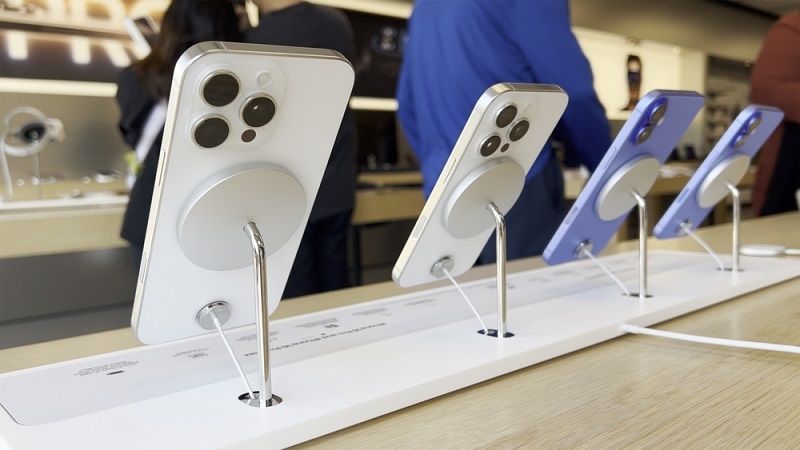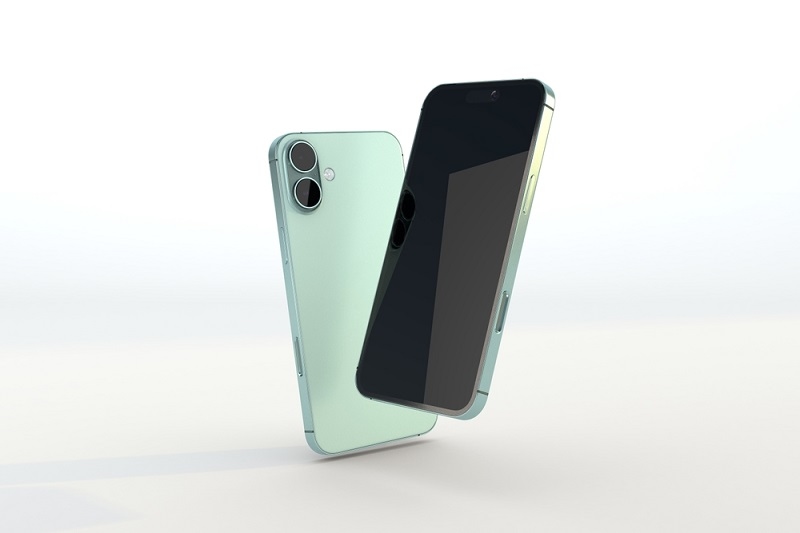
The Apple iPhone 16 series was launched last September, and it was something that no one could miss out on. Not because it looks wildly different, but because every part of it feels like a step that matters in daily use. In this Apple iPhone 16 review, the focus is on how each model handles design, speed, sound, and new features.
The Apple iPhone 16 series models share more than ever before, so the Apple iPhone 16 series comparison is not about which one is powerful and which one is not. Instead, it is about how the small changes stack up and how the new additions make the devices feel more practical. With Apple Intelligence now tied to the Apple iPhone 16 release, the series becomes more about everyday help than just numbers on a spec sheet.
Top Pick: Unlocking the Best Smartwatches 2025: Features & Insights
The first thing to notice is size. It is not just about how the phone looks but also how it feels in the hand. The Pro Max is large, fills the pocket, and is a bit on the heavier side, because of which it may take you some time to get used to it. The Pro sits just right, not too big, not too small. While the Plus has a wide display but does not weigh as much as the Pro Max. Lastly, the base model is the easiest to carry and hold, which has seen a major change in design.
However, all the phones have a solid look with flat edges and a strong build with the titanium body. The real difference is how the size changes daily comfort. Some will love the extra screen space of the Pro Max, while some prefer the base version for quick handling. The design review shows that the Apple iPhone 16 series gives options for different hands, pockets, and habits.

The Apple iPhone 16 series features make performance more equal. Every model now feels strong and reliable, no matter the size.
Each device uses the same generation processor and the same memory. There is no longer a huge gap between the base version and the Pro.
From scrolling through apps to jumping between tasks, the response is quick. Nothing slows down, even when several apps are running.
Tools like VoiceOver, screen readers, and Braille input run without issues. For those who depend on them, this is a clear gain.
Users coming from the last Pro model may not notice giant leaps. But for anyone with an older device, the shift is smooth and clear.
In simple terms, the Apple iPhone 16 series makes performance fair across the board. Power is not limited to the Pro models anymore.
Sound is part of the experience, and the Apple iPhone 16 series models tell a mixed story. At high volume, the speakers shine. Music feels rich, videos sound full, and calls come through strong. The depth and clarity make a difference when the sound is turned up.
At low volume, the tone changes as the sound feels flat, with less detail and less strength. Sometimes the middle tones move between the speakers, especially when the phone is sideways. This makes the sound shift stand out in a way. On speakerphone calls, though, the balance returns, which suggests that software shaping might play a role. It is not perfect, but it is usable.
Battery life is the real winner in this release. The Pro Max is unmatched here. In daily use, it often ends with more than half of its power left, even for heavy users. That kind of endurance stands out.
The Plus is close behind, giving hours that stretch through the day and into the night. The Pro holds steady, balancing good life with its smaller build. The base model does fine, but naturally, it cannot match the bigger devices.
For anyone who uses accessibility tools all day, the difference is even clearer. The bigger models give the safety of knowing the phone will last without worry. That is what makes the Apple iPhone 16 series comparison so important. Battery life is not equal, and size is the deciding factor.
The iPhone 16 release is not just about the speed or size but also about the new additions that change how the phone is used.
A new physical button is now available on the right side of the device under the lock screen button. It makes the process of opening the camera fast and easy.
The button works beyond the built-in camera. Many third-party apps can also be used with this button, which opens more options.
A smart layer built into the devices. It can write, summarize, and answer naturally. However, not all the AI features are available yet, but they are coming.
Both features are about saving time, as they cut steps shorter and enable you to complete your task quicker.
These two changes make the release stand out. They show that the series is not only about hardware but also about everyday help.
Must Read: Top 10 Ways to Find Best Deals Online in 2025 Fast
Apple Intelligence in iPhone 16 is meant to feel like a quiet helper. It will read long alerts and give short versions. It will take simple voice requests and turn them into actions. It will polish writing across apps without making the user do extra work.
For those who use accessibility features, Apple Intelligence can describe images or explain what is on screen. This is not just a bonus—it is a shift toward more independence and ease. The rollout will take time, but the direction is clear. The Apple Intelligence iPhone 16 set of tools makes the device more personal.
The new Camera Control button makes the most difference here. No more searching through screens. Just press and start. It works for photos, videos, and even third-party apps.
The higher models come with better lenses, sharper sensors, and stronger low-light shots. They are built for detail. The base version holds its ground with simple, steady results. No model feels left out. The Apple iPhone 16 series features for imaging show that the camera is central to the design across all versions.
The Apple iPhone 16 series brings real updates in small steps. The Camera Control button and Apple Intelligence are the main highlights. Battery life, sound, and size all play a role in how each version feels. This Apple iPhone 16 review shows that there is no single winner. The Apple iPhone 16 series models give options, and each option has its place.
This content was created by AI